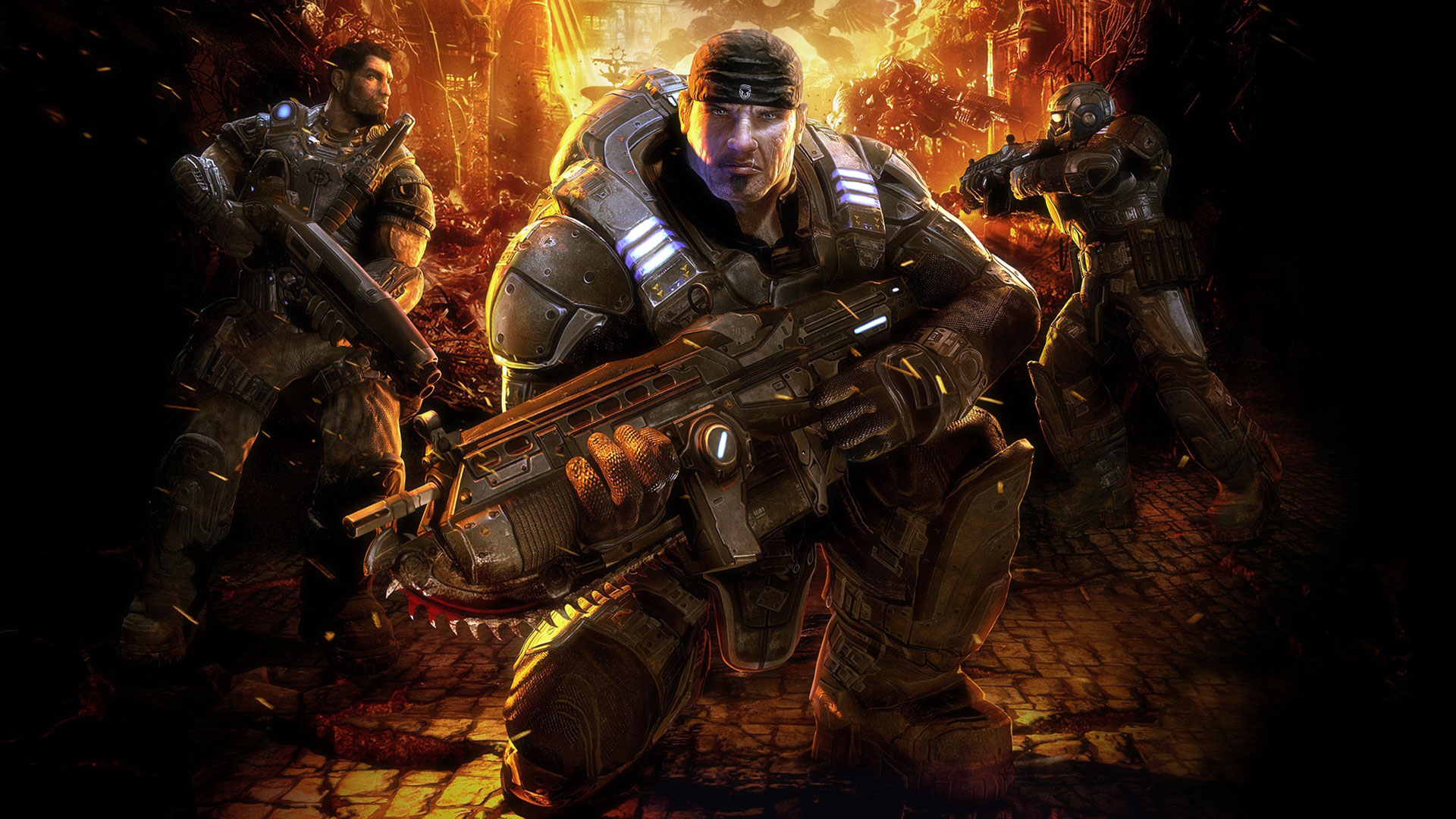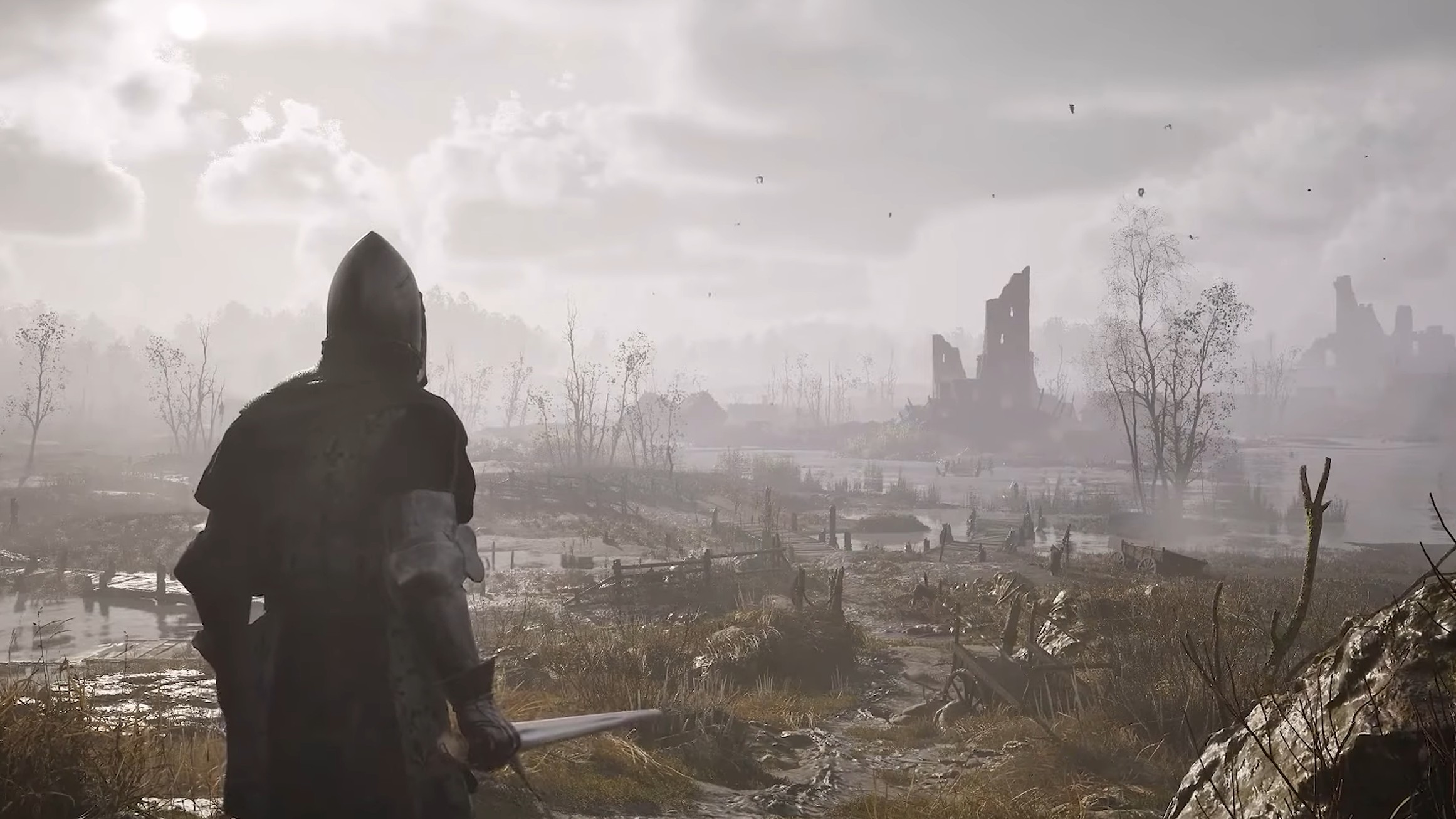
Ara: History Untold Review
Ara: History Untold is the latest in a procession of turn-based 4X games trying to settle on the once-sovereign territory of Sid Meier’s Civilization, and it’s one of the more competent challengers to do so. The liveliness and detail of its animated towns and cities never fail to delight me – as a historical ant farm, at least. But it expects more of us as a world leader than Civ ever has, and doesn’t really provide us with the tools to make it truly feel good to be the king.
On a basic level, Ara doesn’t have a vastly different view of history from its 4X forebears. Starting from roughly Neolithic times, you race down a tech tree split up into three acts of four ages each along a familiar and narrow path based mostly on Europe and its colonial offshoots. One little twist I did appreciate is that the final, futuristic era has a lot more to do with general AI, transhumanism, and cybernetics than going to space, which I think is a necessary and likely step on the path ahead of us that often gets skipped over in favor of interstellar travel.
Much like Civ, Ara lets you select from an array of historical leaders who appear in a simple but expressive 3D style. Alongside familiar faces like Caesar and Shaka Zulu, we also get some less conventional “rulers” like Copernicus for Poland and Sappho for Greece, which is a nice touch.
Their bonuses are all underwhelmingly passive, though. None of them can really do anything the others can’t. And there are no culturally unique units – at least, not from your leader choice. You can unlock a couple wildcards, like Berserkers from building a brewery, but they’re available to anyone who meets the right conditions. There’s also a system of opposing personality traits that maybe could have been interesting, because it does affect how other leaders will initially view you diplomatically, but I didn’t find it to be that impactful. Also, some of them provide a negative modifier with no upside, which seems very strange from a balance perspective, since the leaders who have them don’t seem to get anything to make up for this.
Wonderful World
Ara’s procedurally-generated worlds are positively enthralling to look at. Everything from trees to houses are rendered at a much smaller scale than in other, similar games, which makes the world feel larger and more authentic. Every town square, windmill, and even herd of wild animals is fully animated, bringing liveliness to every corner of the map. I honestly enjoy the simple act of panning around, watching my people go about their lives.
It’s not all great, though. Road-building, which is fully automated, tends to make these nonsensical tangles with too many sharp angles to look organic. You could argue this is to simulate real-world traffic engineering debacles, but it doesn’t look nice compared to everything else.
Performance can also get a little bit iffy in the late game, at least on the largest map size. The more of the fog I lifted, the more frames I lost, even on a 4070 Super GPU. We never quite reached slideshow territory, but I did end up having to turn some settings down in the last 100 turns or so.
I was also a little disappointed that there isn’t much difference in architecture other than which era you’re in. At least judging by the civs I played, it seems like a farm or a residential neighborhood for any given time period looks about the same no matter who built it. And this just further reinforces the feeling that your leader choice is little more than a set of numerical bonuses.
The Economy, Fools
Where Ara almost literally grinds to a halt is also its most interesting gameplay innovation. While food, gold, science, and production – the usual gang – are all here, Ara features a very in-depth, goods-based manufacturing economy. You can harvest grain, which can then be made into bread at a bakery, which can then be used as an ingredient in gourmet meals at an inn. This continues all the way up to things like refrigerators and game consoles in the later eras.
You can either spend these goods as a one-time cost to slot them into a specific building’s inventory, like adding plows to a farm to increase its productivity, or consume them as amenities in your city-center for a temporary benefit. In theory, I like this a lot. In bigger settlements, simply producing the generic “food” resource will eventually become insufficient to feed the masses. But if you refine your crops into grain stores and preserves, and produce enough to keep those amenity slots full on an ongoing basis, you can grow much larger. Most manufactured goods also have multiple options for what you can make them with, including just spending gold if you don’t have access to the base resources. I really liked the decision-making and economic planning involved here at smaller scales.
The problem is that this becomes a nightmare to manage with even two or three fair-sized cities. There’s no notification I could find or enable for when a city has a free amenity slot, for example. Nor when I could potentially fill an empty supplies slot on a production building, or swap out those supplies with a better option I had recently unlocked through technology. It also won’t warn you when you have idle experts – Ara’s version of specialists from Civ, who appear as your population increases and can be slotted to supercharge specific buildings.
There’s not even a really convenient way to keep track of your economy. There is a tooltip that will show you a basic balance sheet of everything you’re producing and consuming, but it’s too small, there’s no way to sort the rows by anything but alphabetical order, and it eventually fills up with so many types of goods that it becomes overwhelming. Or you can look at a grid view, which is a bit easier to navigate, but doesn’t include the spreadsheet and still can’t be sorted.
To really optimize my economy, I had to open dozens of individual building menus every time I unlocked a new tech or gained access to a new type of tools. And since this is essentially the core mechanic in Ara, everything else starts to collapse around it. The late game really gets to be a tedious slog, unless you pull far enough ahead that you can simply stop caring about most of the mechanics, which is what eventually happened to me on the default difficulty.
To The Strongest
Combat is fine. It’s very automatic, with some rock-paper-scissors unit choices and unlockable formations that can give you modest bonuses based on the types of troops you have access to, adding a little bit of tactical decision-making. Engagements play out in full 3D, which is neat to watch the first few times as potentially hundreds of troops clash, but these animations lost their appeal for me fairly quickly since they’re not especially dynamic.
Ara also includes a knockout mechanic, which is something I’m generally not a fan of. After a certain number of players have reached Age 5 and Age 9, the ones with the least accumulated Prestige – your overall score based on everything from military victories to total population – are removed from the map, with their cities becoming explorable ruins.
It’s possible to turn this off for human players, which is nice. But I didn’t really get the sense that streamlining the later eras to just a handful of great powers was worth losing the diplomatic complexity of a larger cast. In a 12-player game, eight will move on to Act 2 and five will remain competing for the top spot in Act 3. It’s also just weird the second time it happens, with bustling Enlightenment-era cities vanishing overnight.
Diplomacy is as basic as it could possibly be in this type of game, with the ability to send gifts, declare wars, open borders, and broker alliances and research agreements. Trade can be useful in the early game when you don’t have access to a resource you really need for a higher-tier building, but you need to heavily commit to it to have enough merchant capacity later on to even make a dent in your goods deficit.
Government, religion, and advisers are also pretty unmemorable. Like leader choice, it’s just stacking more numerical modifiers. They don’t typically unlock new playstyles or new ways to solve problems. They just make you marginally better at doing things you could already do anyway.








